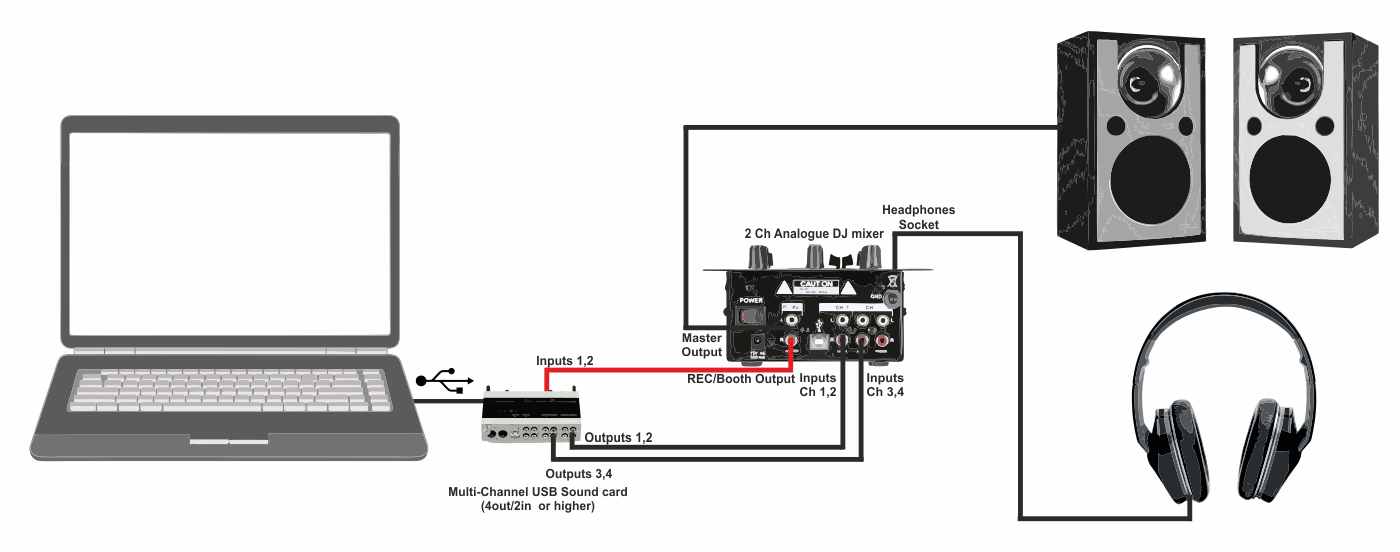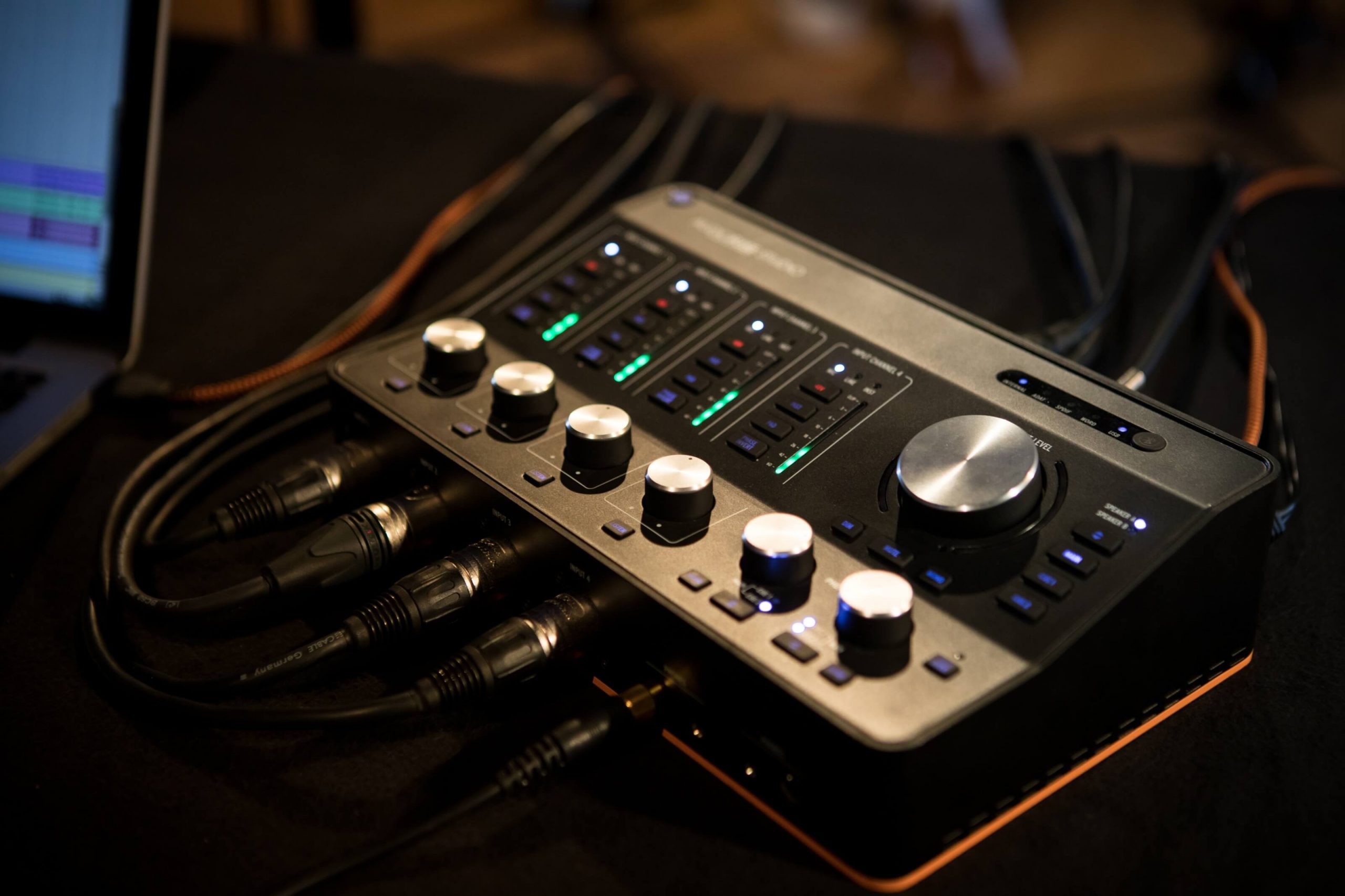
Unfortunately I can’t manage it. It works with a physical soundcard and a loopback cable, but I’d like to set up without physical soundcard. Now I have to loop the output to the “microphone” input, because this is what pjsua send’s via SIP. Therfore I wrote a script which use aplay for producing the anncoument. I tried to make an automataic phone answering with pjsua. I am thinking of creating loopback device then forward or clone hdmi sound to this loopback device and capture from counter part of loopback device. **** List of PLAYBACK Hardware Devices ****Ĭard 0: ALSA, device 0: bcm2835 ALSA Ĭard 0: ALSA, device 1: bcm2835 IEC958/HDMI Ĭard 0: ALSA, device 2: bcm2835 IEC958/HDMI1 **** List of CAPTURE Hardware Devices $ aplay -l Here is my situation in raspberry $ arecord -l This time you should be able to hear the audio.wav directly through system’s default speaker – again a loopback in action – rather two loopbacks in action: audio.wav -> hw:2,0,4 -> (loopback through snd-aloop driver) -> hw:2,1,4 -> (loopback through alsaloop app) -> hw:1,0 -> heard on speaker.ġ2 thoughts on “ Playing with ALSA loopback devices” On another shell, do the earlier playing: $ aplay -D hw:2,0,4 audio.wav

Set the audio from Edge to Loopback Output 2. Set the audio in Skype to send to Loopback Output 1. Open the Revelator template in Studio One 5 (More tips are located in the template) Open two sound sources.
#Audio loopback controleaning windows
And, now let’s loopback the virtual audio capture device hw:2,1,4 to this: alsaloop -C hw:2,1,4 -P hw:1,0 Loopback Setup: PLEASE NOTE: when on a Windows computer, the Revelator will always be in ' Single Mode '. From the output of aplay -l, hw:1,0 is the analog out (speaker). Interestingly, audio loopback could also be achieved in user space using alsaloop from alsa-utils package.

This would record from your system’s default mic. For that, just record a new wave file with your speech using the following command: $ arecord -f S16_LE -c 2 -r 48000 audio.wav It can wind up being a kind of tricky concept, but it has myriad uses, especially in the days of social distancing. This would play on your system’s default speaker.Īlso, note that there may be problem in just playing any audio.wav file because of the mismatched audio format etc support. This is the concept of virtualy routing the audio out from your computer directly to a destination without needing any cables or additional hardware. You may play the recorded audio as follows: $ aplay recorded.wav Note that providing the sample format, channel count, frame rate in recording ensures that playback picks up the same settings – this is because there is no real hardware underneath it is just a virtual loopback connection.Īnd in parallel (from another shell) play an audio from audio.wav into hw:2,0,4: $ aplay -D hw:2,0,4 audio.wavĪnd you’d find that recorded audio contains the played one – a loopback in action. Start recording audio from hw:2,1,4: $ arecord -D hw:2,1,4 -f S16_LE -c 2 -r 48000 recorded.wav A simple experiment could demonstrate the same. For example, audio played back into hw:2,0,4 could be captured from hw:2,1,4 audio played back into hw:2,1,7 could be captured from hw:2,0,7 – these are what are the loopbacks. Now in this, whatever audio is played back into hw:2,0,s could be captured from hw:2,1,s and viceversa, s ranging from 0 to 7. Moreover, each of the two devices under it, has 8 subdevices, which would be accessed using the format hw:c,d,s, where c stands for card number, d for device number, and s for subdevice number, e.g.
#Audio loopback controleaning free
It may vary depending on which is the next free available card number. If you have any questions you can email me or make a comment within the blog post.In the above images, the card 2 is the loopback card. I will be at the MeWe Fair in Portland on June 4/5 and in Eugene, Oregon on June 25/26. I will be attending two events in June 2022. You can review my blog post on this subject matter to get more information. Aftershock can make you second guess yourself and the abuser, which might sabotage your efforts in safely leaving the first, second, or sixth time. Because trust me, you will experience aftershock.

Therefore, I want to reduce that number by giving you information on the 50 obstacles one might face when trying to leave the abuser as well as what to expect when you do end it. Why I created this podcast is the average attempts a person makes before finally being free from their abuser is SEVEN! That is a high number. You or someone you know is considering ending/leaving the abusive relationship, work environment, or home. This podcast is bonus material for anyone that has come to the realization that enough is enough.


 0 kommentar(er)
0 kommentar(er)
